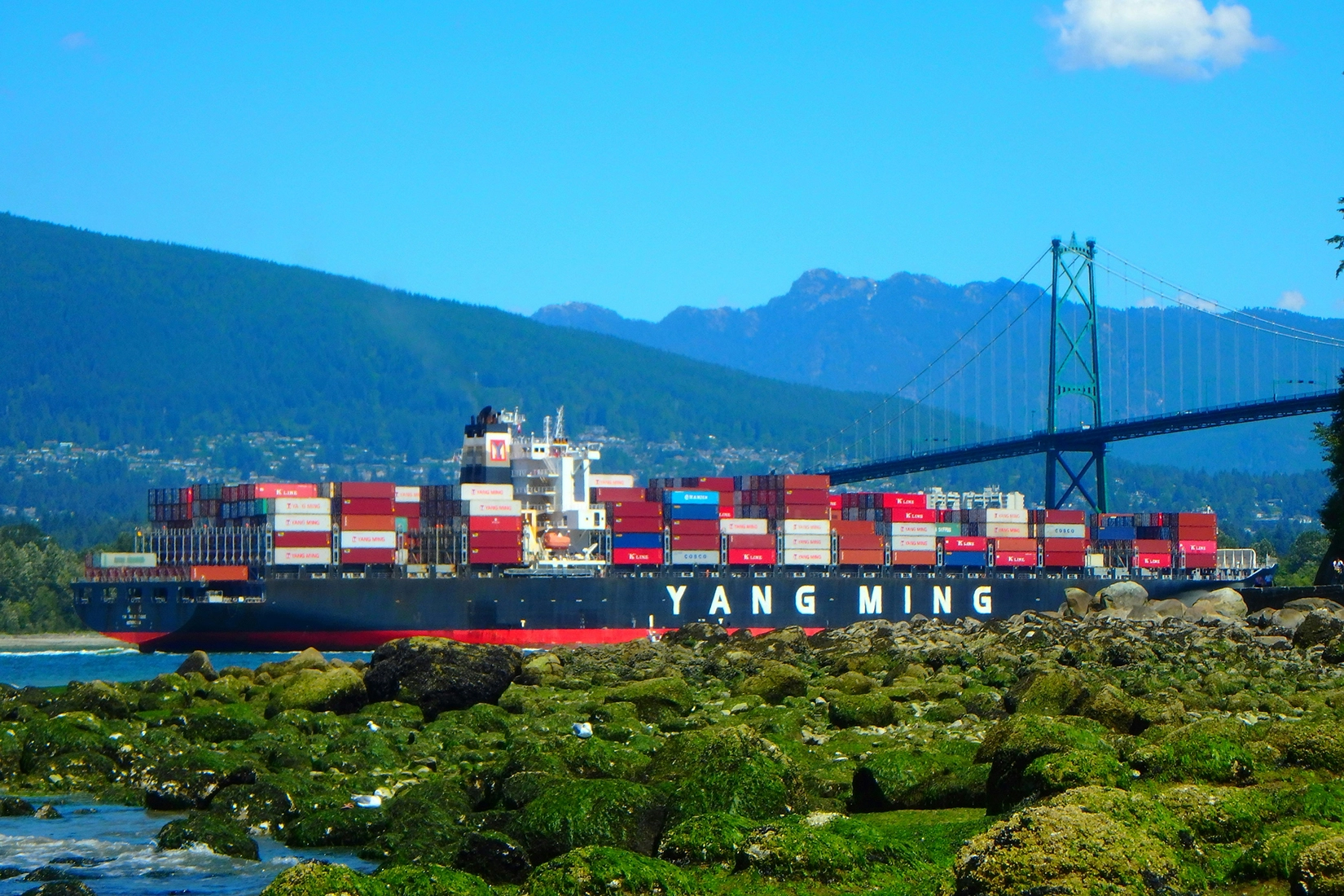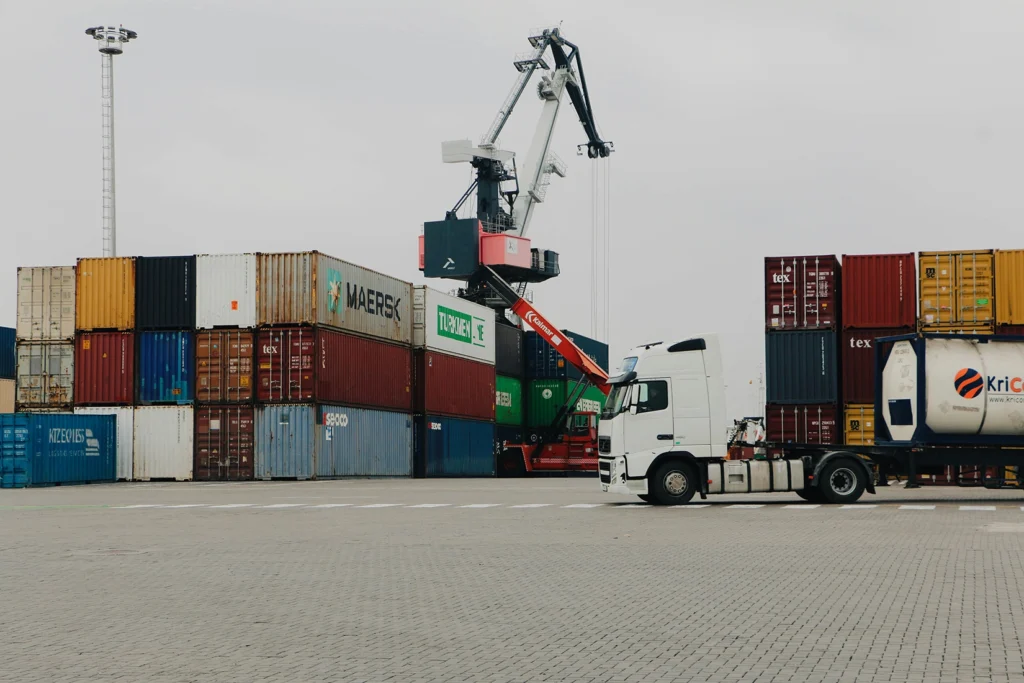The Influence of U.S.-China Trade Relations on Freight and Logistics

The United States and China are two of the world’s largest economies, and they are deeply interconnected through trade. However, their relationship has been marked by shifting policies, tariffs, and supply chain adjustments, all of which have profound implications for the freight and logistics industry. Changes in trade policies between these economic giants directly affect shipping volumes, supply chain strategies, and logistics costs worldwide.
The Role of Trade Policies in Freight Movement
Trade agreements, tariffs, and sanctions between the U.S. and China significantly influence global shipping patterns. The trade war that escalated in 2018 led to increased tariffs on billions of dollars worth of goods, resulting in:
- Higher shipping costs. Increased tariffs led to costlier imports, affecting freight demand and pricing.
- Supply chain diversification. Many companies sought alternatives, shifting production to countries like Vietnam, India, and Mexico to bypass tariffs.
- Port congestion and capacity challenges. Sudden changes in trade policies created bottlenecks at major U.S. ports, such as Los Angeles and Long Beach, leading to delays and increased warehousing costs.

Impact on Freight Modes
U.S.-China trade relations influence different modes of transportation:
- Ocean freight. The majority of goods traded between the U.S. and China move via container ships. Trade disruptions, such as the imposition of tariffs, often lead to fluctuations in demand, affecting shipping rates and container availability.
- Air freight. High-value and time-sensitive goods, such as electronics and pharmaceuticals, rely on air freight. During periods of uncertainty, businesses increase air shipments to bypass potential customs delays.
- Rail and trucking. As companies shift production to alternative locations, demand for inland transportation within Asia and North America rises, affecting trucking and intermodal rail freight.
The Shift Toward Nearshoring
One of the most significant effects of trade tensions has been the rise of nearshoring, which involves companies moving production closer to the U.S. to avoid reliance on China. This trend has benefited freight corridors between the U.S. and Mexico, increasing demand for cross-border trucking and rail services.
Technology and Supply Chain Resilience
In response to trade instability, logistics companies are investing in digital solutions, including:
- Supply chain visibility platforms. Real-time tracking helps businesses adapt to disruptions more efficiently.
- AI-driven logistics planning. Predictive analytics assist in rerouting shipments based on changing trade policies.
- Blockchain for trade documentation. Reducing paperwork and improving security in international trade transactions.
Conclusion
U.S.-China trade relations will continue to shape the freight and logistics industry for years to come. While tensions pose challenges, they also create opportunities for innovation, diversification, and regional growth. Businesses that adapt by leveraging technology and alternative trade routes will remain competitive in the evolving global market.
